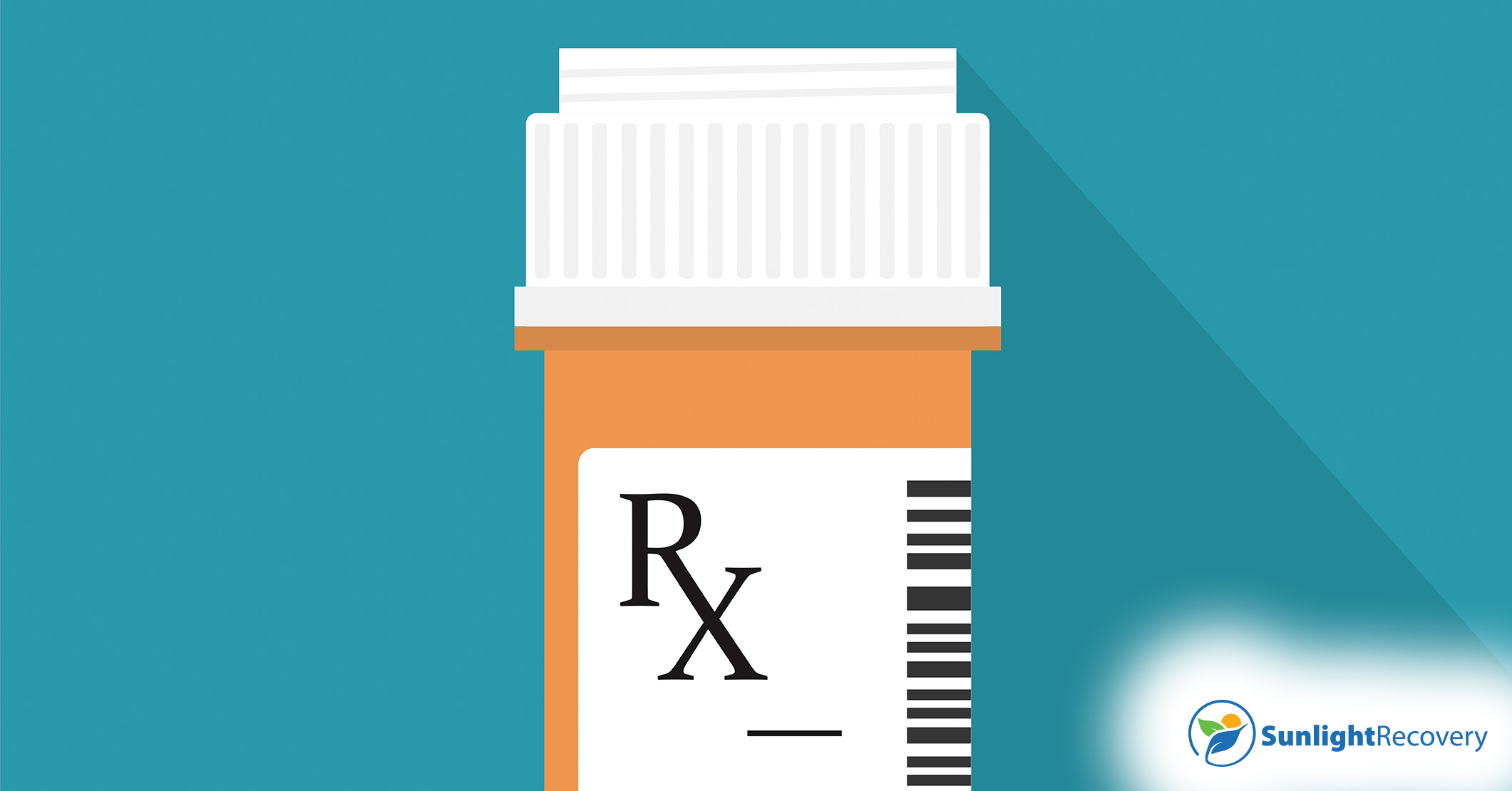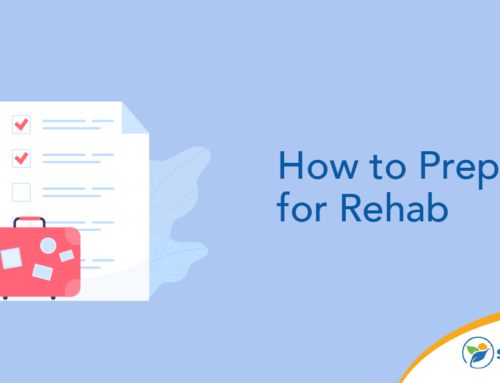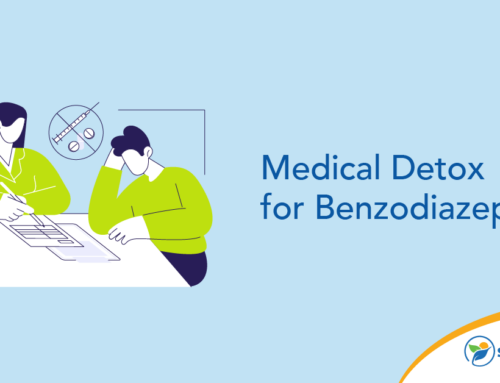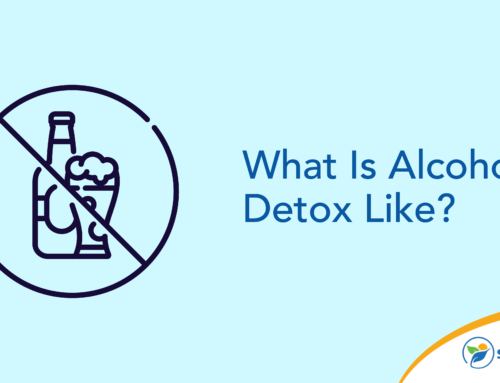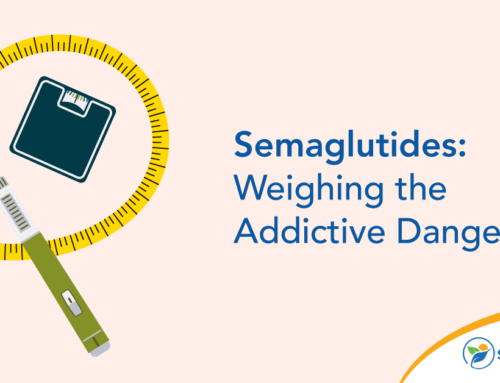If you or someone you care about is experiencing an alcohol use disorder, you may be wondering what can be done to stop the urge to drink. For those who have a hard time abstaining from alcohol, many medical professionals recommend medically assisted treatment (MAT), which is the use of certain medications in combination with other therapies to help maximize their efficiency.
One of the most popularly prescribed medications for this scenario is naltrexone. Naltrexone alcohol medication has been used to help treat alcoholism since the early 90s, and according to the National Center for Biotechnology Information (NCBI), studies have shown an 80.6% success rate when the medication is taken as directed.
Below, we’ll discuss everything you need to know about naltrexone and answer some of your most pressing questions. Keep reading to learn more.
Understanding Alcohol Cravings and Addiction
To better understand how the naltrexone alcohol medication works, it’s essential to understand why individuals who misuse alcohol experience addiction and its subsequent cravings.
Like most substances, long-term alcohol misuse can and will alter an individual’s brain chemistry. More specifically, alcohol disrupts the neurotransmitters — your brain’s chemical messengers — in a way that causes them to build up tolerance to the alcohol’s initial effects.
This disruption of the brain’s communication pathways is precisely why alcohol is classified as a neurotoxin. This disruption also changes the way the brain looks and works as time goes on, affecting:
- Balance and coordination
- Memory
- Speech
- Judgment and intellectual ability
While these things are often associated with excessive alcohol consumption in general, eventually they become a more permanent fixture as the brain’s neural pathways become damaged.
What’s more, PET scans have shown that alcohol also releases endorphins, such as dopamine, which is commonly referred to as our “pleasure hormone.” Once these endorphins are released, they bind with the brain’s opiate receptors.
The continual flooding of the brain with this artificial dopamine does two things:
- It creates an excess of dopamine at one time — more than what the brain would naturally produce as a reward — causing the opiate receptors (pleasure receptors) to multiply.
- Supplying the brain with excess artificial dopamine prevents the brain from naturally creating its own dopamine.
Essentially, addiction and cravings occur when an individual’s natural dopamine supply has diminished while their pleasure receptors have increased. This imbalance causes the brain to demand more “artificial pleasure” through alcohol, as it can no longer sustain its receptors naturally.
Just like with other substances, those who abuse alcohol frequently and in large amounts build up a tolerance, requiring more alcohol to have the same euphoric effects on the brain.
Eventually, this can cause irreversible brain damage.
Naltrexone Alcohol Medication: How It Works to Reduce Cravings
When an individual gets to the point that they can’t stop drinking due to severe withdrawal symptoms, medical professionals will often recommend naltrexone or even naloxone for alcohol abuse prevention.
The way naltrexone alcohol medication works is actually quite simple: It essentially works by blocking the brain’s pleasure receptors. By doing this, the artificial endorphins that come from the alcohol are prevented from binding with these receptors, thereby stopping the brain from feeling the euphoric high it typically gets.
Essentially, by blocking the brain’s pleasure center, naltrexone effectively reduces the cravings and urges to drink.
Navigating Naltrexone Treatment
Each individual’s course of naltrexone treatment will vary by substance use case. Generally speaking, your doctor will decide how long you should take naltrexone and in what dosage. It’s most commonly taken on a 12-week basis, as research shows this to be most effective in helping individuals abstain from alcohol use.
The most common form of naltrexone is pill form, and the most utilized brands are known as ReVia and Depade. However, individuals who don’t want to take pills every day can opt for the popular alternative, which is the injection under the brand name Vivitrol.
The dos and don’t of taking naltrexone alcohol medication are simple:
- Take the medication as prescribed by your doctor.
- Don’t take extra medication.
- Don’t skip taking the medication.
- Don’t stop taking the medication unless advised to by your doctor.
There are also several common side effects of naltrexone, including:
- Anxiety
- Insomnia
- Nausea
- Vomiting
- Headaches
- Dizziness
- Restlessness
- Joint and muscle aches
- Decreased appetite
However, not everyone experiences these side effects when taking the medication, and they aren’t usually severe.
Naltrexone and Drinking
One of the most commonly asked questions about the medication is what effect drinking on naltrexone has.
Naltrexone is a pure opiate antagonist. It only works to block the opiate receptors in the brain so that when an individual does drink, they don’t feel the euphoric effects they’re really craving. Therefore, unlike other medications such as Antabuse, drinking on naltrexone won’t have any immediate adverse effects.
It’s important to note, however, that naltrexone alcohol medication won’t prevent you from becoming impaired while using alcohol. This can make the medication dangerous if you do choose to drink, as you may not realize you’re intoxicated due to its buzz-blocking effects.
Naltrexone and Cognitive Behavioral Therapies
Naltrexone alcohol medication may have a high success rate, but it’s not necessarily a cure-all treatment on its own. The medication is usually prescribed to be used in addition to certain therapies, such as cognitive behavioral therapy, for the best possible outcome.
Cognitive behavioral therapy is essentially an umbrella term for a range of therapeutic approaches that aim to uncover an individual’s triggers and help them change their pattern of thoughts and beliefs.
According to a study published in The American Journal of Drug and Alcohol Abuse, researchers evaluated the efficacy of the combination of naltrexone and cognitive behavioral therapy for the treatment of alcohol use disorder in a “real-world environment.”
The results — which came from the data gathered while monitoring 315 outpatient participants over a 20-week period — concluded that the MAT combination treatment was most beneficial for individuals who consumed significantly smaller amounts of alcohol compared to those who drank heavily for a sustained period of time.
Is Naltrexone Right for You?
Naltrexone alcohol medication can be an excellent stepping stone in maintaining your sobriety. If you’re unsure whether naltrexone is right for you and your individual situation, it’s best to consult your primary care physician.
If you’re searching for a treatment program that utilizes MAT for recovery, contact our responsive team at Sunlight Recovery. We’ll ensure you find the treatment program that suits your needs and can provide you with the best care.


